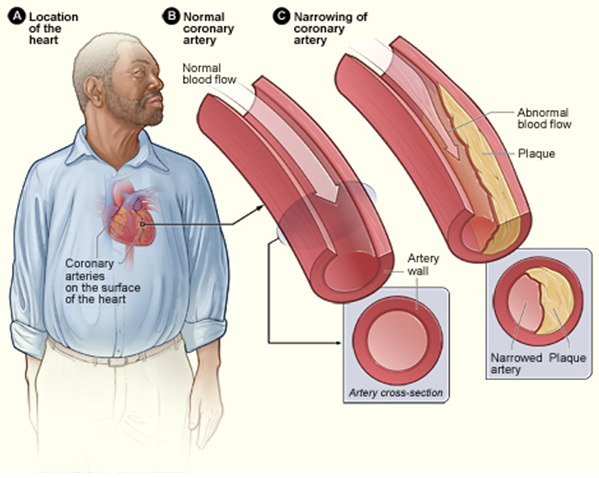This is the first population level largescale study on cardiovascular disease risk in Indians
The first large scale population based study of cardiovascular disease burden in India has found wide variations between states. The risk ranges from 13.2% in Jharkhand to 19.5% in Kerala, with wealthier and more urbanized states tending to have a higher risk. Overall, the mean 10-year risk of a CVD event in the Indian population aged 30–74 years was 12.7% in females and 21.4% in males.
Data from two large household surveys (Annual Health Survey round 2 and District level household and facility survey round 4) were used for the the study by researchers at Public Health Foundation of India and Harvard T.H. Chan School of Public Health. It was carried out between 2012 and 2014 and sampled 797,540 adults aged 30 to 74 years across India. It also found adults living in urban areas, as well as those with a higher household wealth, tended to have a greater CVD risk. The study appears in PLoS Medicine.
“CVD has emerged as a leading cause of death in India however, the prevalence varies among states and different socio-economic groups. Early assessment of CVD among high risk population and targeted efforts can reduce substantial premature mortality and morbidity” said author Dr. Ashish Awasthi, Assistant Professor (INSPIRE Faculty) at PHFI.
“Cardiovascular disease risk varied widely among states and we also observed important variation of cardiovascular disease risk factors”
Every sixth human being across the globe is an Indian. India as a nation is experiencing both a demographic and epidemiological transition. Rates of non- communicable diseases have risen in recent decades and are likely to continue as the Indian population urbanizes and those in older age are making up an increasingly large share of the total population.

“Cardiovascular disease risk varied widely among states and we also observed important variation of cardiovascular disease risk factors, such as smoking and diabetes, by adults’ socio-demographic characteristics. Our findings could be helpful in deciding how to allocate resources to prevent cardiovascular disease to those most in need,” said author Dr. Pascal Geldsetzer from Harvard T.H. Chan School of Public Health.
The study also found wide variations in the CVD risk factors across states.
Mean BMI was high in both northern (Haryana, Himachal Pradesh, Punjab, and Uttarakhand) and southern states (Andhra Pradesh, Goa, Karnataka, Kerala, Tamil Nadu), ranging from 22.8 kg/m2 among males in Uttarakhand to 25.1 kg/m2 among females in Punjab. High blood glucose prevalence, however, was relatively low in the northern states (ranging from 4.4% among males in Himachal Pradesh to 10.9% among females in Punjab). Mean systolic BP was highest in the northern states (ranging from 123.7 mm Hg among females in Haryana to 136.2 mm Hg among males in Punjab) as well as in Nagaland and Sikkim (130.7 mm Hg and 132.8 mm Hg among females and 133.6 mm Hg and 133.1 mm Hg among males, respectively). Smoking was most prevalent among males in the northeastern states of Arunachal Pradesh (46.4%), Manipur (60.3%), Meghalaya (59.7%), and Mizoram (71.7%) and the eastern state of West Bengal (49.5%).


